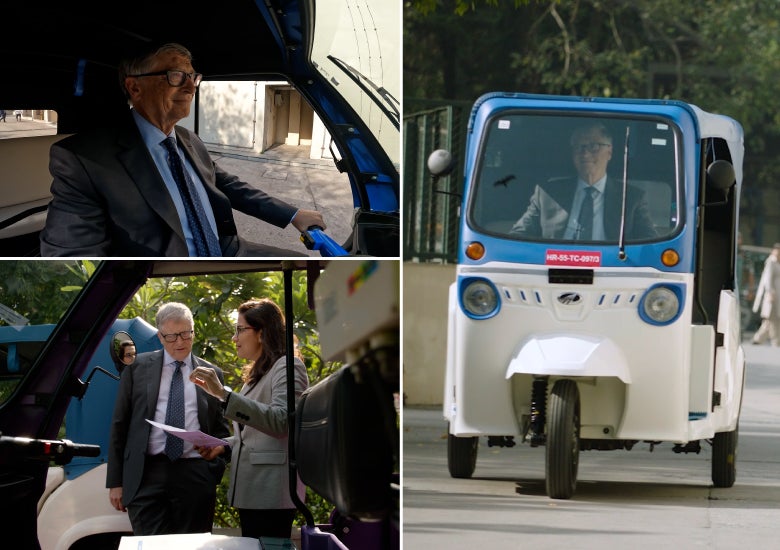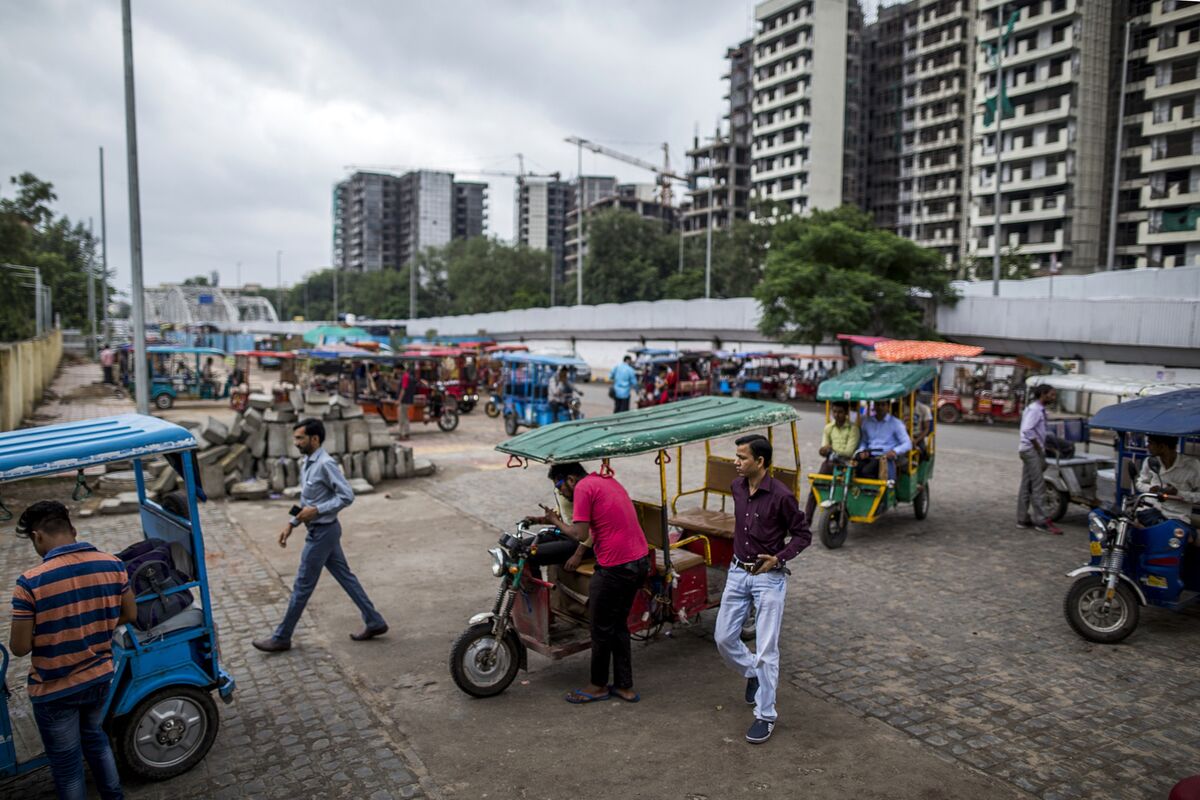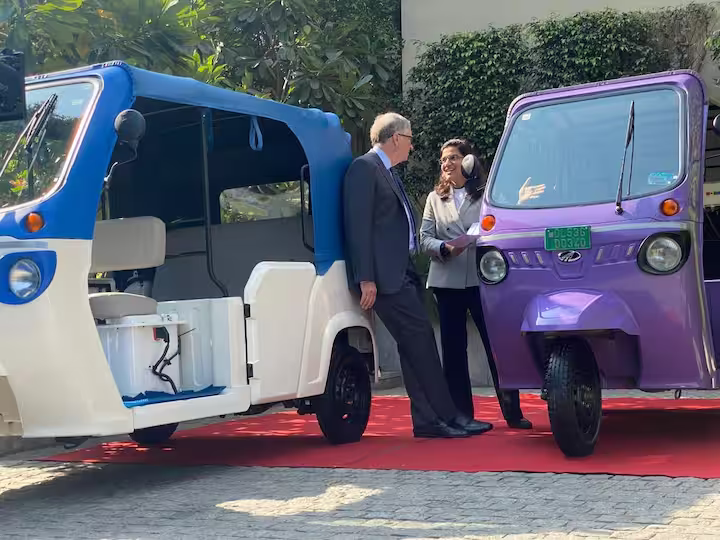Menu
Menu

Updated on Jul 23, 2023 | 6 min read
Key Insights:
Introduction
“There are more e-rickshaws in India than battery-powered passenger cars in China”
India has been embracing electric mobility as a means to combat pollution and reduce its carbon footprint. One of the most intriguing developments in this space is the advent of electric rickshaws, colloquially known as e-rickshaws. These compact, electric 3-wheelers are transforming the way people navigate congested urban environments, particularly the last mile segment. This article explores how EV rickshaws are shaping India’s last-mile mobility and delve into the debate surrounding battery size charging infrastructure and cost-effectiveness.
EV Rickshaws: A Game-Changer for Last-Mile Mobility
Electric rickshaws have emerged as a solution to several challenges faced by India’s urban areas. Traditional rickshaws, powered by fossil fuels, contribute significantly to air pollution and noise pollution. With electric rickshaws, these negative externalities are greatly reduced, leading to cleaner, quieter streets and livelihood.
These vehicles have proved to be especially beneficial for short trips, known as the “last mile.” The last mile is often the most challenging part of a journey, as public transportation might not be well-connected or convenient for this distance. EV rickshaws bridge this gap, offering affordable, efficient, and eco-friendly transportation for commuters, e-commerce sites, new-age businesses, and shoppers alike.

Socioeconomic Impact
The rise of EV rickshaws has also positively impacted the lives of many
drivers. These vehicles are relatively inexpensive to operate compared to their gasoline counterparts. With reduced fuel and maintenance costs, e-rickshaw drivers can potentially increase their income. Moreover, the ease of driving and maneuvering these compact vehicles makes it a viable livelihood option for many individuals who might not have extensive driving experience. They don’t spend money on servicing the vehicle as EVs are less frequently serviced. The companies that are driving this force are Altigreen Labs, Omega Seiki Mobility, Kinetic, and Mahindra Electric Mobility.
The Pitfall of DC Fast Charging for EV Rickshaws
With just one scheme GoI has laid out the plan to deal with the Charging Infrastructure Problem. The focus on the charging network will boost EV adoption across all regions. The public awareness campaign will do more justice to it.
Challenges with DC Fast Charging
Infrastructure Cost: Implementing DC fast-charging infrastructure requires substantial investment. The cost of setting up these charging stations, along with the necessary electrical infrastructure upgrades, might not be financially feasible for many areas, especially in less developed regions. Exponent Energy has showcased 15-minute Rapid Charging in collaboration with Altigreen Labs vehicles.
Strain on Grid: DC fast chargers draw a significant amount of power from the grid, which could lead to grid instability, especially in areas with limited power generation and distribution capabilities. This could result in blackouts or fluctuations in electricity supply. The capital of India is continuously building its infrastructure because electricity theft is quite common in the capital.
Battery Stress: Rapid charging, while convenient, can put additional stress on the batteries of electric vehicles. E-rickshaws are often subjected to intense usage throughout the day, and frequent fast charging could lead to faster battery degradation and shorter overall battery lifespan.

Importance of Increasing Battery Pack Size
Given the intensive usage patterns of e-rickshaws, there’s a strong case for increasing the battery pack size rather than relying solely on fast charging. A larger battery pack would have several advantages:
Extended Range: A larger battery pack would allow e-rickshaws to cover longer distances on a single charge. This is particularly important for drivers who operate in areas with limited charging infrastructure.
Reduced Charging Frequency: With a larger battery, drivers wouldn’t need to charge as frequently, reducing the wear and tear on both the batteries and the charging infrastructure.
Battery Longevity: Larger battery packs generally experience less stress during charging and discharging cycles, potentially leading to increased battery lifespan and overall vehicle durability.
Conclusion
Talk to our expert about EV Charging, kindly fill in the details below

Content Writer
© 2024 Massive Mobility Private Limited. All rights Reserved
Notifications